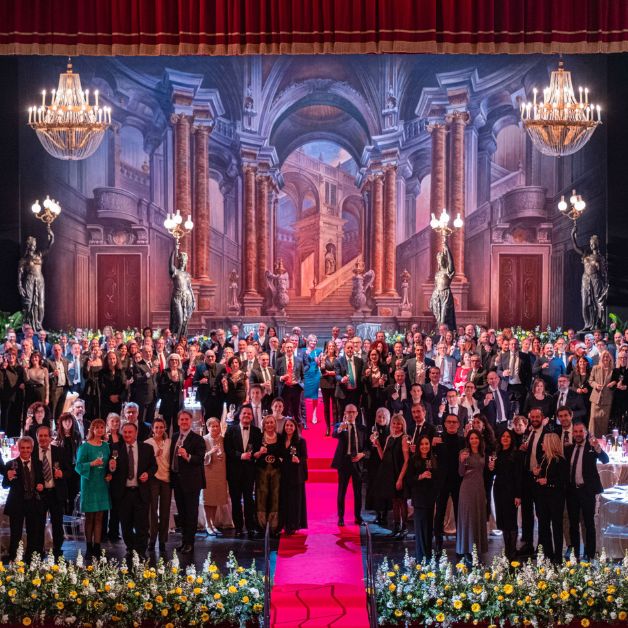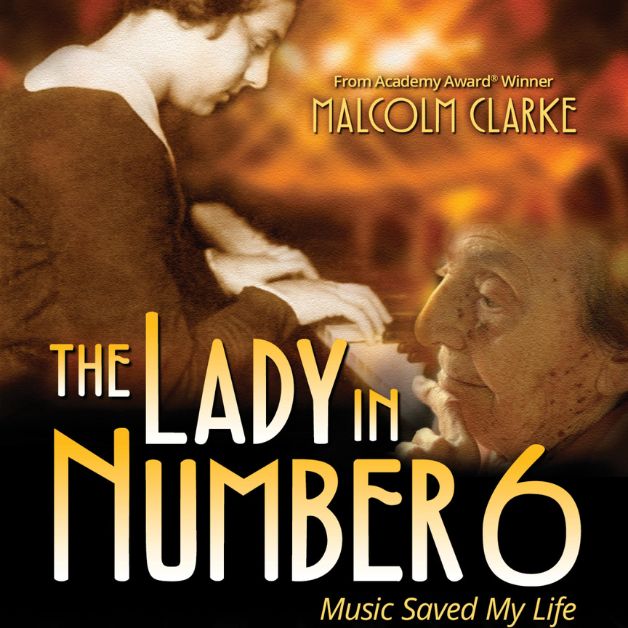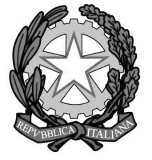Rome, June 1800
A man secretly enters the Church of San Sant'Andrea della Valle. He is Cesare Angelotti, console of the fallen Roman Republic, arrested by the Papal authorities and just escaped from the prison of Castel Sant'Angelo. He hides in the family chapel, where his sister, the Marchesa Attavanti, has prepared a female disguise to facilitate his flight.
The sacristan arrives, grumbling. He is annoyed with the artist Mario Cavaradossi, who has given him the job of cleaning his brushes; he also dislikes the artist for his liberal pro-French ideas. When the Angelus rings, Cavaradossi arrives and continues to paint a portrait of Mary Magdalene, inspired by the face of an unknown woman seen in church on the previous days.
As soon as the sacristan leaves, Angelotti comes out of his hiding place; Cavaradossi barely recognises his friend, with whom he shares the same revolutionary ideas. After they have exchanged a few quick words, the unexpected arrival of Floria Tosca, the painter’s lover and a famous singer, compels the escapee to hide again.
Tosca is very jealous and suspects there is another woman. Cavaradossi reassures her, but her suspicions increase when, looking closely at the painting, she recognizes in the portrait of Mary Magdalene the face of the Marchesa Attavanti, whom she believes to be her rival, but who in fact had gone to the church, pretending to pray, to prepare her brother’s escape. He explains to her that he had used that woman as a model without knowing who she was and without her knowledge, and manages to calm the scene of jealousy by tenderly expressing his love. They arrange to meet that same night - after Tosca’s show – in the artist’s villa outside Rome.































